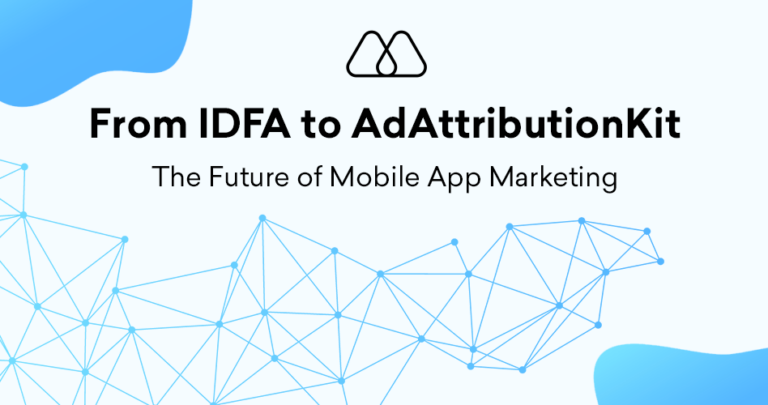As the digital marketplace grows increasingly competitive, app marketers must ensure their mobile applications stand out in crowded app stores. App Store Testing (AST) is a strategic approach by advanced marketers to enhance app visibility, improve user experience, and drive downloads and engagement. This article provides a comprehensive understanding of AST, its benefits, and actionable strategies for implementation.
What is App Store Testing (AST)?
App Store Testing refers to optimizing a mobile app’s marketing and technical presence in app stores, such as Google Play for Android and the App Store for iOS. AST involves testing various elements of the app store listings, including the app’s title, description, keywords, visuals, and other metadata to determine the most effective combinations that drive higher app store rankings and user conversions.
The Strategic Importance of AST
Standing out is critical In the competitive realm of mobile apps, where thousands of new applications are launched daily. AST helps to precisely target the app store’s algorithm and potential users’ preferences, making it an essential component of mobile app marketing strategy.
1. Comprehensive Metadata Optimization
Metadata like the app’s title, description, keywords, and categories play a crucial role in how well the app ranks in-store searches. Effective App Store Testing involves:
- Keyword Optimization: Identifying and integrating high-performing, relevant keywords within the app’s metadata.
- Compelling Descriptions: Crafting descriptions that incorporate keywords smoothly, engage the reader, and communicate the app’s benefits and features.
2. Visual and Media Optimization
Users’ first impressions are often influenced by the visual elements associated with the app in the store, such as icons, screenshots, and video previews. Optimizing these elements can significantly impact download rates. Strategies include:
- A/B Testing Visuals: Testing different sets of visuals to see which ones resonate more with users.
- Highlighting Features Visually: Using screenshots and videos that showcase the app’s main features and user interface.
3. User Feedback and Ratings
Ratings and reviews are indicators of an app’s quality and popularity, but also affect its App Store Optimization (ASO). Managing user feedback effectively is part of AST:
- Encouraging Positive Reviews: Prompting satisfied users to leave positive feedback.
- Address Negative Reviews: Responding to and resolving issues highlighted in negative reviews to improve user satisfaction and app quality.
4. Iterative Testing for Continuous Improvement
AST is not a one-time task but a continuous process that involves constant monitoring and tweaking:
- Regular Updates: Keeping the app store presence up to date with the latest information and features.
- Performance Analysis: Using app store analytics to track how changes affect app performance and adjust accordingly.
5. Integration with Overall Marketing Strategy
AST should be integrated with the broader app marketing strategy, including:
- Cross-promotion: Linking app store campaigns with other marketing channels such as social media, email, or web advertising.
- Localization: Customizing app listings for different geographic markets to cater to local tastes and languages.
Challenges in Implementing AST
Implementing effective App Store Testing strategies involves overcoming several challenges:
- Algorithm Changes: App stores frequently update their algorithms, and staying ahead of these changes requires agility and adaptiveness.
- Resource Allocation: Effective AST requires resources, both in terms of tools and skilled personnel.
- Market Dynamics: Rapid changes in user preferences and competitive actions can necessitate quick adjustments in strategy.
App Store Testing is vital for any company looking to enhance its presence in app markets. Companies can improve their app’s visibility, user engagement, and overall performance metrics by systematically testing and optimizing app store listings. For a company like Miri, which serves an elite clientele with robust demands, mastering AST can significantly contribute to sustaining competitive advantage and achieving business goals.
Key Takeaways
- Metadata Optimization is Crucial: Refine app titles, descriptions, and keywords to improve visibility and searchability.
- Visuals Greatly Impact User Attraction: Optimize icons, screenshots, and videos to enhance appeal and convey app functionality effectively.
- Actively Manage User Reviews: Encourage positive reviews and address negative feedback promptly to boost ratings.
- Embrace Continuous Testing and Updates: Regularly update and test app store listings to adapt to changing algorithms and user preferences.
- Coordinate AST with Wider Marketing Efforts: Ensure AST efforts sync with overall marketing strategies for cohesive brand messaging.




